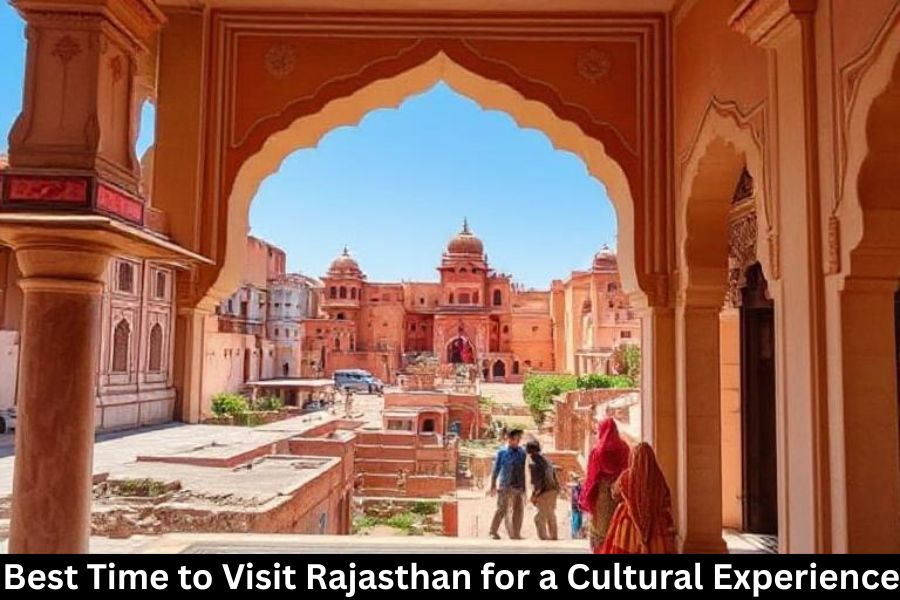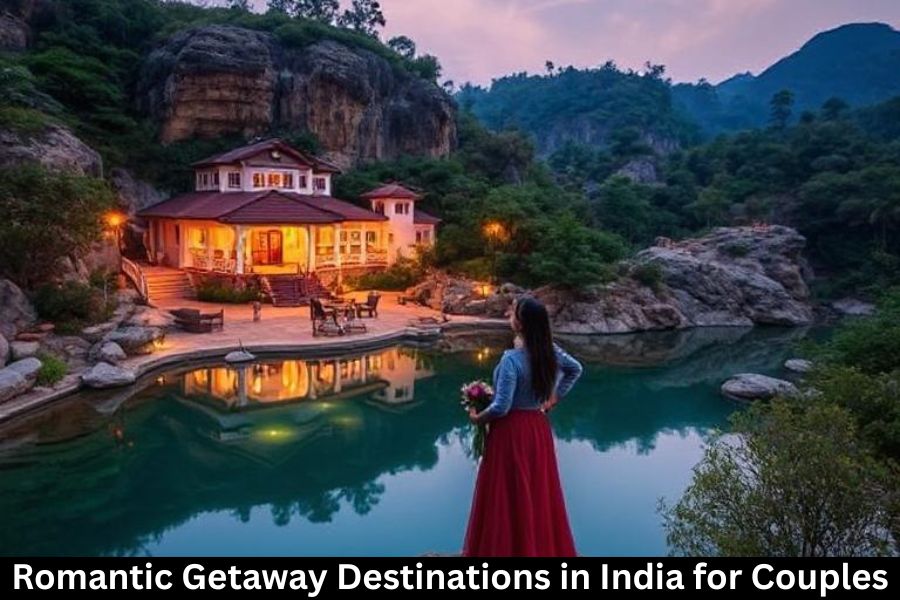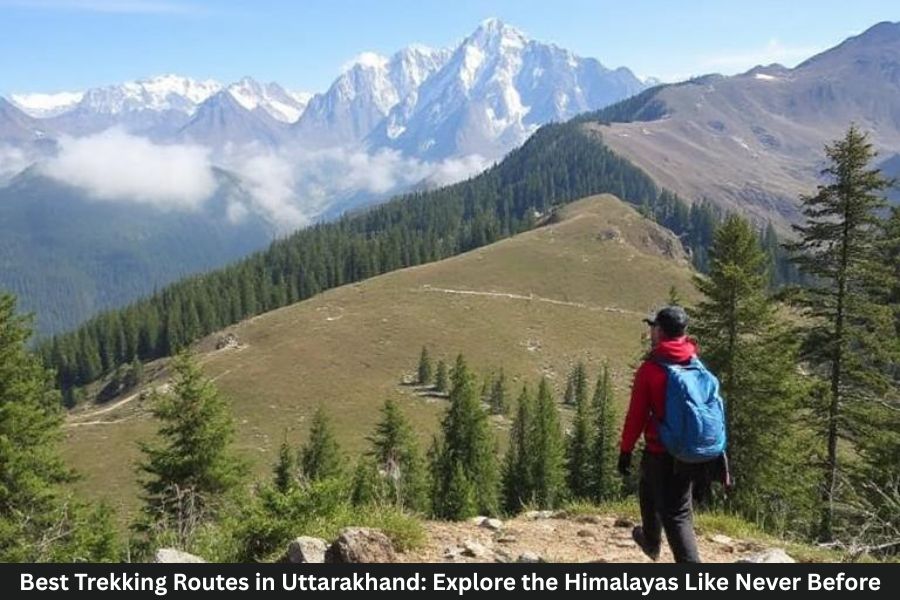Rajasthan, the “Land of Kings,” is one of India’s most culturally rich and historically significant states. Whether you’re exploring its colorful markets, majestic forts, or timeless festivals, there’s no doubt that a visit to Rajasthan will leave you awestruck. But to make the most out of your journey, choosing the right time to visit is essential. In this article, we will guide you through the best seasons to travel to Rajasthan, ensuring you get an immersive and unforgettable cultural experience.
Understanding Rajasthan’s Climate
Rajasthan’s climate is predominantly dry and arid, which means it experiences extreme temperatures—scorching summers, moderate monsoons, and pleasant winters.
- Summer (April to June): Temperatures can soar above 45°C (113°F), making sightseeing challenging, especially in desert cities like Jaisalmer and Jodhpur.
- Monsoon (July to September): Although the rains bring some respite, the humidity and occasional floods can disrupt travel plans.
- Winter (October to March): This is undoubtedly the best time to visit Rajasthan, as the weather is cooler and perfect for outdoor activities.
Best Time to Visit for a Cultural Experience
When it comes to cultural exploration, the winter months (October to March) are the best time to visit Rajasthan. Here’s why:
- Comfortable Weather: The temperatures during winter range from 10°C to 25°C, providing a perfect environment for sightseeing and outdoor activities.
- Festivals: Many of Rajasthan’s most famous cultural festivals take place during this time, giving you the chance to experience its traditions and vibrant celebrations firsthand.
- Cultural Activities: From camel rides in the desert to folk dance performances, winter brings out the cultural essence of Rajasthan.
Rajasthan’s Cultural Festivals
Rajasthan is known for its grand festivals, which highlight the state’s rich cultural heritage. Some of the most popular festivals include:
- Pushkar Camel Fair (November): A vibrant blend of culture, religion, and commerce, this is one of India’s largest camel fairs. It features music, dance, religious rituals, and an incredible marketplace.
- Desert Festival of Jaisalmer (February): Celebrating Rajasthan’s desert culture, this festival includes traditional performances, camel races, and the famous Mr. Desert competition.
- Teej Festival in Jaipur (August): A celebration of the monsoon, Teej is marked by women wearing bright green clothes and participating in processions, folk dances, and prayers.
- Gangaur Festival (March/April): Dedicated to the goddess Gauri, this festival is a time of grand processions, folk music, and traditional dances.
Exploring Rajasthan’s Heritage Sites
Rajasthan is home to some of India’s most iconic cultural landmarks. Key sites include:
- Amber Fort (Jaipur): A stunning blend of Hindu and Mughal architecture, this fort is one of the state’s most visited attractions.
- City Palace (Udaipur): A beautiful complex of courtyards, gardens, and museums, showcasing Rajasthan’s royal heritage.
- Mehrangarh Fort (Jodhpur): Known for its imposing structure and panoramic views of the blue city, it’s a must-visit for history lovers.
Visiting these cultural landmarks is best done during the cooler months when you can comfortably explore without the intense heat of summer.
Rajasthan’s Cuisine and Culinary Experience
One of the highlights of visiting Rajasthan is its food. From rich curries to hearty snacks, the cuisine reflects the state’s royal heritage and desert lifestyle.
- Dal Baati Churma: A signature dish of Rajasthan, consisting of lentils, hard wheat rolls, and sweet crumbs.
- Gatte ki Sabzi: A curry made from gram flour dumplings.
The cooler weather is ideal for savoring these rich dishes without feeling overwhelmed by the heat.
Off-Season Travel in Rajasthan
While the off-season (Monsoon) may not be ideal for exploring Rajasthan’s outdoor attractions, it can offer a quieter, more intimate cultural experience. The rains transform the desert landscape, and you may find fewer tourists, giving you more space to enjoy the local culture.
The Royal Experience: Stay in Heritage Hotels
Rajasthan’s heritage hotels are the epitome of luxury. These royal properties were once palaces and forts, and now they offer visitors a chance to experience royal life. The winter months are the perfect time to indulge in these heritage stays.
Shopping for Handicrafts and Souvenirs
Rajasthan is famous for its traditional handicrafts—from block-printed fabrics to intricate jewelry. Jaipur’s Johari Bazaar and Udaipur’s Hathi Pol Bazaar are perfect spots for shopping during the peak tourist season when all shops are open.
Tips for Enjoying Rajasthan’s Culture to the Fullest
- Engage with locals: Learn about their customs, cuisine, and daily life.
- Watch folk performances: Rajasthan is known for its vibrant folk dances like Kalbeliya and Ghoomar.
- Participate in rituals: Experience the spiritual side of Rajasthan by visiting temples and participating in religious festivals.
Rajasthan’s Traditional Arts and Crafts
Rajasthan’s traditional arts and crafts—like block printing, blue pottery, and mirror work—are a must-see. Many artisans still work in their ancestral workshops, creating beautiful products that showcase Rajasthan’s artistic heritage.
Exploring Rajasthan’s Desert Landscape
Rajasthan is known for its vast desert landscapes. Whether you go for a camel safari or spend the night in a desert camp, the winter months provide the best experience. The cool desert nights make it the perfect season for stargazing and enjoying the solitude of the Thar Desert.
Rajasthan for Solo Travelers vs Family Travelers
Rajasthan offers a unique experience for both solo travelers and families. Solo travelers can explore Rajasthan’s culture at their own pace, while families can enjoy the state’s attractions, such as amusement parks and cultural centers.
What to Pack for Your Cultural Trip to Rajasthan
- Clothing: Light cotton clothes for daytime, with a jacket for chilly evenings during winter.
- Essentials: Sunscreen, sunglasses, comfortable shoes for walking, and a camera to capture the beauty of Rajasthan.
Conclusion
In conclusion, the best time to visit Rajasthan for a cultural experience is undoubtedly during the winter months (October to March). The pleasant weather, cultural festivals, and heritage sites provide the perfect opportunity to experience Rajasthan’s royal past and vibrant traditions. Whether you’re exploring historical forts, attending grand festivals, or indulging in local cuisine, Rajasthan promises an unforgettable cultural journey.



